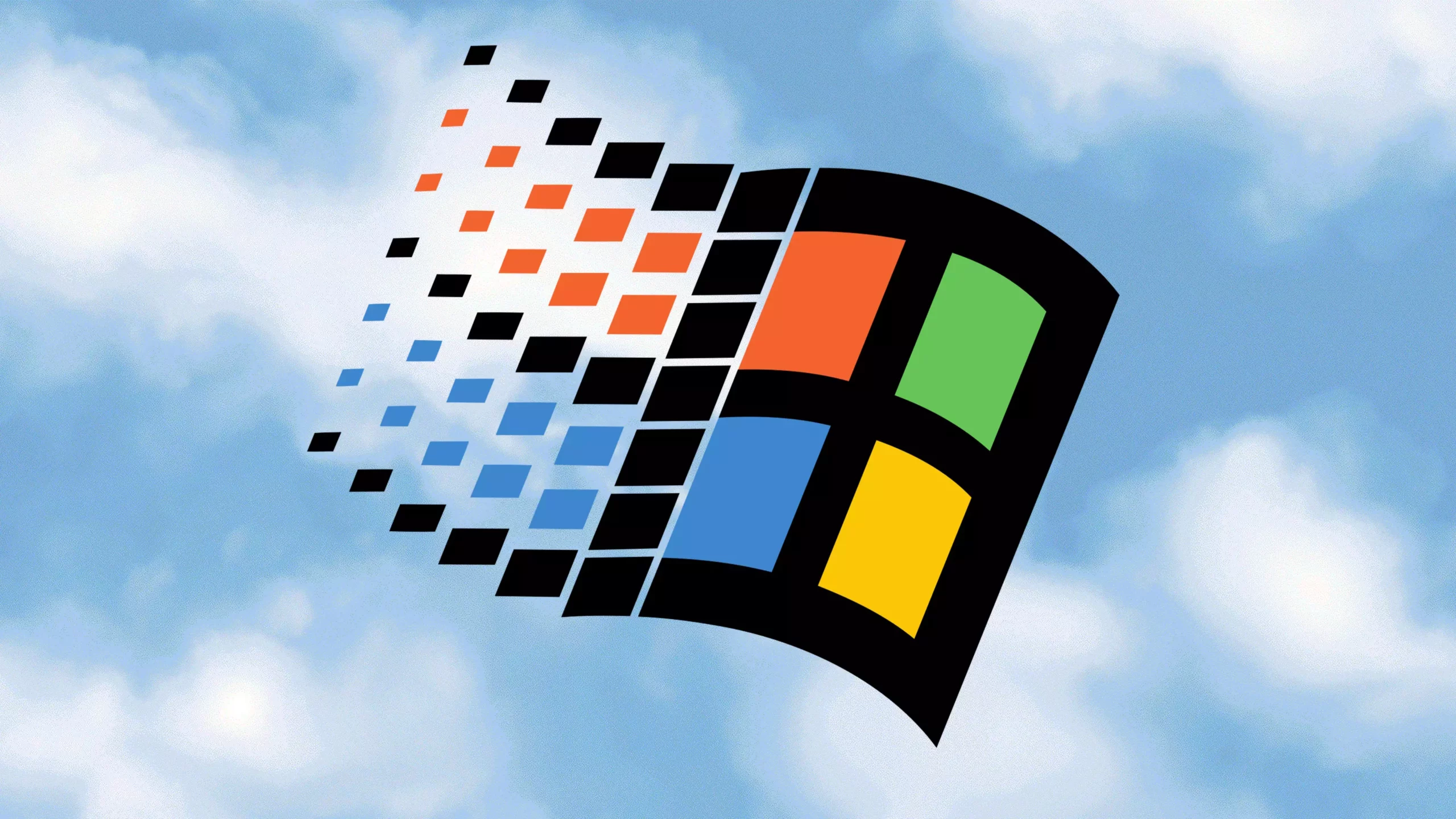In an era where hardware emulation typically involves attempting to play classic console games on modern PCs, a uniquely ambitious project stood out—transforming an aging PlayStation 2 into a rudimentary personal computer by running the iconic Windows 95. This move not only inverts the usual emulator narrative but also showcases an extraordinary level of technical creativity and stubbornness. The PlayStation 2, a console built around a MIPS architecture rather than the traditional x86 platform for which Windows 95 was designed, presents a formidable barrier. Yet, MetraByte, a modding enthusiast featured on YouTube and Hackaday, embarked on this journey, illuminating the challenges and complexities along the way.
Understanding the Hardware-Software Disparity
The fundamental hurdle was that Windows 95 was crafted exclusively for x86 processors, which form the core of standard PCs. In stark contrast, the PlayStation 2 relies on its proprietary MIPS chip. Bridging this architectural divide required an x86 emulator to simulate the necessary environment that Windows could recognize and interact with. This alone was no trivial task—emulation demands significant processing overhead, and the PS2’s hardware, while revolutionary for gaming in its time, was never intended to handle such computationally intense tasks for non-gaming applications. The endeavor demonstrates not just technical curiosity but also a determination to push the boundaries of what aging gaming hardware can achieve.
Trials of Installation: Nostalgic Frustrations Resurface
The installation process was anything but straightforward. Anyone familiar with the often-irritating experience of installing Windows 95 on a genuine PC back in the 1990s will empathize with the frustrations encountered. Compatibility issues, driver recognition delays, and persistent input device quirks marred the progress. The mouse, a staple input for navigating Windows and especially for playing first-person shooters like Doom, stubbornly refused to cooperate despite multiple configurations. In an ironic twist, a gamepad-keyboard hybrid—far from ideal—proved to be the only “compatible” peripheral, offering limited usability at best. This not only highlighted the inherent limitations of repurposing the PS2 but also underscored the intricate dependencies between software and the very specific hardware ecosystems they are designed for.
Chasing Nostalgia: Doom as the Ultimate Test
What motivates such a painstaking undertaking? For many tinkers and tech enthusiasts, it is their love of classic games and nostalgia. Doom, a legendary game from the mid-90s frequently used as a benchmark for modding exploits, was the natural choice to demonstrate Windows 95’s viability on the PS2. Unfortunately, despite overcoming the emulator and OS hurdles, launching Doom remained elusive—particularly with the critical input limitations. The mouse problem, while significant, was eclipsed by deeper incompatibilities preventing a smooth gaming experience. The dream of a PS2 “WinStation 95” running Doom was tantalizingly close but ultimately unfulfilled in functional terms.
Significance Beyond the Feasibility
While one could dismiss this experiment as a quirky internet curiosity, it offers deeper insights into the relationship between hardware architectures, software design, and the spirit of hacking culture. It serves as a vivid reminder that technology can be both restrictive and malleable, depending on how much ingenuity is applied. The project also contrasts sharply with the more common trend of emulating consoles on PCs—with vastly superior processing power—to revive vintage games. Instead, it flips the script, embracing the underpowered and repurposing it for something it was never intended to do, resulting in a tangible exploration of digital archaeology and creativity.
Reflecting on the Cultural and Technical Impact
MetraByte’s attempt taps into a broader fascination with retro technology—not just to relive the past but to reclaim and reinterpret it in novel ways. The effort celebrates the idiosyncrasies of outdated systems while pushing their limits, emphasizing a hands-on approach that often gets lost in today’s plug-and-play ecosystem. This experiment may not yield a perfectly functioning Windows 95-powered PS2, but it undeniably contributes to the ongoing dialogue about preserving and reimagining technological history. It illustrates the joy, frustration, and sheer persistence embedded in modding culture—a subcommunity that thrives on tackling the impossible for the sake of exploration and ingenuity.

